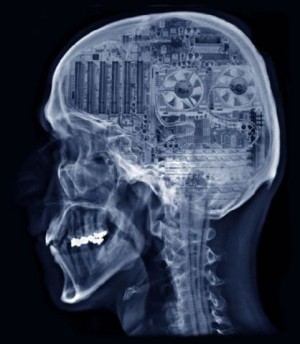
This is the fifth article in my series about working with dreams without buying a dream dictionary. Even though we all say we want to interpret our dreams, I think often we are not looking for an explanation so much as a chance to deepen the experience of the dream, to bring the dream into our lives and work its magic in this realm too.
At least, that’s what I want!
That’s why now is time to discuss the connection between dreams and the body. If you’ve been reading my blog, you probably know that I believe that dreams are more than some random linguistic foam left over from the brain’s defragging of the memory systems each night. Dreams contain expressions from the body-mind, and as such they offer a pathway to self-knowledge, to our private myths, as well as some pretty clear warnings of bodily issues.
And, who knows, maybe every linguistic image is as its root a metaphor of the body, a view espoused by philosopher and linguist George Lakoff. Not a popular idea in our Western history of ideas, which posits that thoughts are the product of some disembodied logic from on high — but one that is actually gaining support from neuro-philosophy.
Working with the Dreambody
This we know: we are humans, and dreams come through our bodies, and so we must use our bodies to explore their significance. Psychologist Arnold Mindell has been working with his clients for decades on this assumption. He asks them to focus on their “dreambody” or how they take shape within the dream.
Understanding the patterns of your dreambody can lead to many insights, such as how you view yourself in relation to others, and also which aspects of yourself can go underground in everyday life. Similar to the idea of the shadow in depth psychology, a “body double” is often present in our dreams that exhibits underdeveloped or repressed aspects of the personality.
Focusing on Bodily Discomfort in Dreams

Eugene Genlin also developed a dream method based on body signals. Known as focusing, this technique is still used by thousands of psychologists and is useful for anyone who wants to work on themselves. (In fact, Genlin’s book Focusing essentially launched the “self-help” movement in popular psychology in the 1970s).
At its core, focusing is a way to develop your emotional intelligence as it is reflected in the body. By acknowledging an ill-defiined tension that, for example, is felt in the belly, we provide opportunities for that feeling to clarify and even resolve. In Genlin’s Let your body interpret your dreams, he presents a 16 step process for working with the bodily feelings that naturally surface while retelling a dream.
One of the strongest parts of this method for me is discovering childhood memories that can come up with the fuzzy and ill-defined feeling of a dream. After identifying the feeling, a childhood connection is often right behind it. Then the question to ask is “why am I feeling this old feeling now?” This can expose old ways of coping or old patterns that are being re-triggered today, in this current life situation.
Memory is the Body’s Mythology
Memory is so much more than a synaptic circuit in the brain; it is a living presence also at home in the belly and our hearts. I’m not being poetic here: many psychiatrists still believe, as was suggested by their 19th century forerunners, that the cognitive “unconscious” is a catch-all phrase for the intuitions, desires and lamentations of the body’s organs and muscles. The more we learn about memory, the clearer it becomes that it is not a deposit that sits in waiting like a computer file, but rather a story that lives through us, and that is re-created and relived each and every time.
Memories are just as much bodily habits as they are mental patterns. Dreams, amongst other functions, offer up these habits and give us a chance to see them and take responsibility for them. The stories we create from these bodily expressions are our private myths.
Luckily, these myths aren’t set in stone, but in flesh. They are mallible, and ultimately yielding.
Oh, there’s so much more to say about the connection between dreams and the body. For instance, dreams can provide the first indications of serious illness, using direct and unmistakable metaphors to tell the dreamer that somthing is amiss. But this subject is so rich I am going to save it for the next post, dreams that diagnosis illness.
I’ve not worked with this approach much, but mention should be made of Antero Alli’s related work that’s grown out of his experimental theatre.
I’ve only just been getting into Arny Mindell’s work and I find it absolutely astounding. I’ve been looking for an explanation on how to work with ‘synchronicities’. I found an unsatisfactory answer from a zen teacher saying, “Everything is just happening” but Mindell’s work shows how we can tap into the meaning of nearly any experience and work with those to even assist to interpret or get a message from a dream. Very inspirational.
I really love what you said in the first paragraph! That makes so much sense to me. Also–I took George Lakoff’s class in College! It totally changed my way of thinking in an awesome way!
thanks for the relevant link Gyrus – I wasn’t aware of Alli’s work.
Jeff, I hear you. Mindell shows how every moment can be interpreted like a dream, and that is an awesome (although slightly overwhelming) perspective.
yay Alina! you are the best dreamer ever.